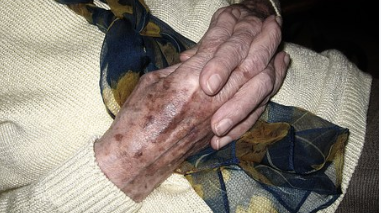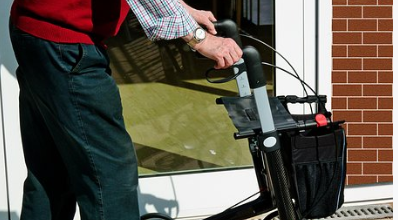Trich which is short for trichotillomania, is also known as hair-pulling. It occurs as a disorder, more specifically an impulse control disorder in which a person frantically pulls his/her hair from the body. The condition falls under human impulsive disorders such as gambling and shopping. The hardest part is that the disorder is hard to stop since there is a lot of anxiety that revolves around the habit when one tries to quit. Here are some points on how to identify, diagnose and control the disorder.
Hair Loss
When an individual seems to have a significant amount of hair loss on their head, it is important to conduct an evaluation. You should assess if the person has a history of anxiety attacks or immense pressure on impulsive behaviours. The main place people with the disorder pull their hair out is from the head. Other places such as the eyebrows, arms and legs are also vulnerable; however, they aren’t easily noticeable unless under tighter scrutiny.
Coping Mechanism
Hair pulling often is a coping mechanism that anxious people adapt to instead of other coping mechanisms. Many people who adapt to this mostly may have been through self-harm such as cutting on their thighs and wrists. They may also have an eating disorder.
Underlying Problems
One may result in hair-pulling when they have underlying disorders. This may include; obsessive-compulsive disorder, impulse control disorder, depression, body dysmorphic disorder, and personality disorder.
Gender and Age
Women are statistically more susceptible to the disease on a ratio of 3.5:1. If trich kicks in when one is an adolescent or in adulthood, it may end up being worse. This is because when the brain is fully developed, there is a high chance that the condition may be chronic.
Denial
Patients of the dysfunction often deny their habit. For this reason, a psychiatrist performs a scalp assessment to diagnose the patient’s condition conclusively. Parents of kids who may have been susceptible to this disorder are encouraged to be vigilant on their children’s behaviours. The vigilance will help with quick identification and treatment.
Treatment
Taking of antidepressants has proven to be effective in treating the disorder. They help to control mood and anxiety of a patient. Therapy has also proved to be a nailing technique that has seen many people come out successfully treated.…



 The first step should be to know exactly what the patient is suffering from. Every medical expert will tell you that there are many types of cancer, and each one requires specialized care. Most times, you will be briefed about the doctor’s report and the recommendations therein so that you know what to do.
The first step should be to know exactly what the patient is suffering from. Every medical expert will tell you that there are many types of cancer, and each one requires specialized care. Most times, you will be briefed about the doctor’s report and the recommendations therein so that you know what to do. Some people presume that taking care of a cancer patient is not a serious task. Some even think that all they will be required to do is to sit around and watch over the patient. However, as you will find out, it is not something that you can take lightly. You have yo plan for everything, and this is the reason you need a to-do list.
Some people presume that taking care of a cancer patient is not a serious task. Some even think that all they will be required to do is to sit around and watch over the patient. However, as you will find out, it is not something that you can take lightly. You have yo plan for everything, and this is the reason you need a to-do list.